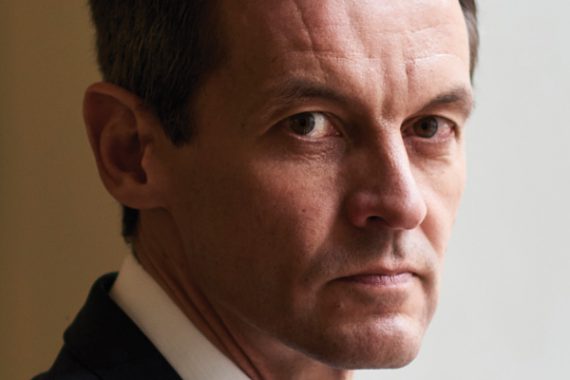Q&A: What does BMA list closure poll result mean in practice?

Is this enough of a mandate to launch a formal ballot for industrial action, should you need to?
Clearly this is a major message, which the Government has to listen to. It is a warning signal of the pressures that practices are under and it is something that GPC as a whole will be considering when they meet next week. I think the crisis is self-evident now and we have to see a serious stepping up of prioritisation of general practice by Government, by NHS England and others so that we can resolve the crisis that practices are clearly demonstrating [via this poll].
I understand why you would like to avoid a ballot on industrial action. However if the Government does not give you what is necessary, would you say that 54% is enough of a mandate from the poll to instruct the potential of holding a ballot on actual industrial action?
As I say we’ve just released the information today. It is something that GPC and LMC colleagues will be looking at, thinking about. We’ll be meeting as GPC next week and we’ll be reflecting on those considerations and the feedback that individual members have had.
So you don’t want to say yes to that?
No I think it is a discussion that will take place next week in the GPC meeting.
But would you say there is a strong message there?
I think that it is very clear. We have had a good response, comparable with many of our surveys that we have done previously, and individual practices have said this time clearly that they are under huge pressure and they are prepared to take serious measures to protect patient safety.
So it is a message that a majority of practices are willing to take serious action?
Yes.
What is it that you actually want from the Government? Is it meeting the demands of the BMA’s Urgent Prescription for General Practice or is there more?
As I’ve said, the reality is that the GP Forward View promises have not delivered sufficiently so that practices, or individual GPs, can see a tangible difference to their everyday working arrangements and the workload pressures that they are under.
So I think we do need to see a step change around workforce issues. We need a standard workforce, not a substitution of GPs. We need an expanding workforce as a whole.
We need a swift solution to the indemnity crisis because many GPs are very worried it will ultimately mean they are not able to work over winter because of the accumulative cost of indemnity.
We need clear ability for practices to declare workload limits so that they can protect themselves and protect their patients.
We need resolution to premises issues. We have still not seen delivery on the promise of funding to support premise development, whether that be repair, or expansion of premises so that practices can work in a way that they need to for their patients.
So I think it’s those areas, that the Government can deliver on, where we need to see some change.
Do you think health secretary Jeremy Hunt is concerned by the result of your poll?
I would hope that all Government see this as a warning signal and that they will want their promises to be delivered. If local practices and local GPs aren’t seeing evidence of that then that should be a concern to them.
They should also be concerned that the issue of recruitment and retention is very much a live issue. If we want a sustainable general practice, and we want GPs to be able to play their part in providing NHS services not just in the winter but going forward for the rest of the year, then they need to address the issues that we are highlighting.
This is the message from the survey that they cannot ignore and I would hope that they are wanting to work with us to resolve these issues as quickly as possible.
Finally, what would you say to anyone who feels GPs closing lists amounts to making patients suffer on their behalf?
I think the reality is that practices are putting their patients first. They are seeing the pressures that their practices are under and their first priority is their existing patients, the patients they see on a day-to-day, week-by-week basis. They need to provide safe care for them and this would be a step that would be part of delivering that safe care to their patients.









